Once Google invented the Visual Position System (VPS), it has been a big step in navigation systems. Google Maps uses the users' mobile cameras to view and observe the surroundings and communicate with them.
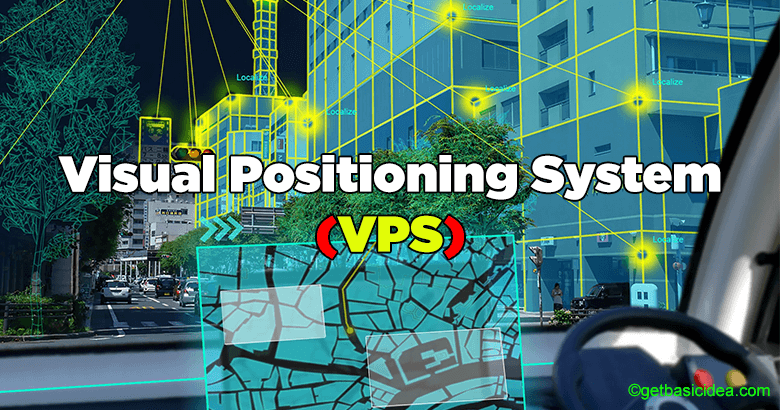
What is Visual Positioning System?
Visual Positioning System (VPS) refers to an augmented reality navigation service that uses a user's smartphone camera to recognize the surroundings. Also, combine it with Google's database of street view images to identify the user's location. This new technology uses real-time images by using the users' mobile phone camera to identify the location and define the direction.
So, if you are using Google maps, you might have experienced some difficulties in finding a place or a route once you come to a certain place. In such cases, Google VPS can help you in finding your path using 3D directions and more precise distances.
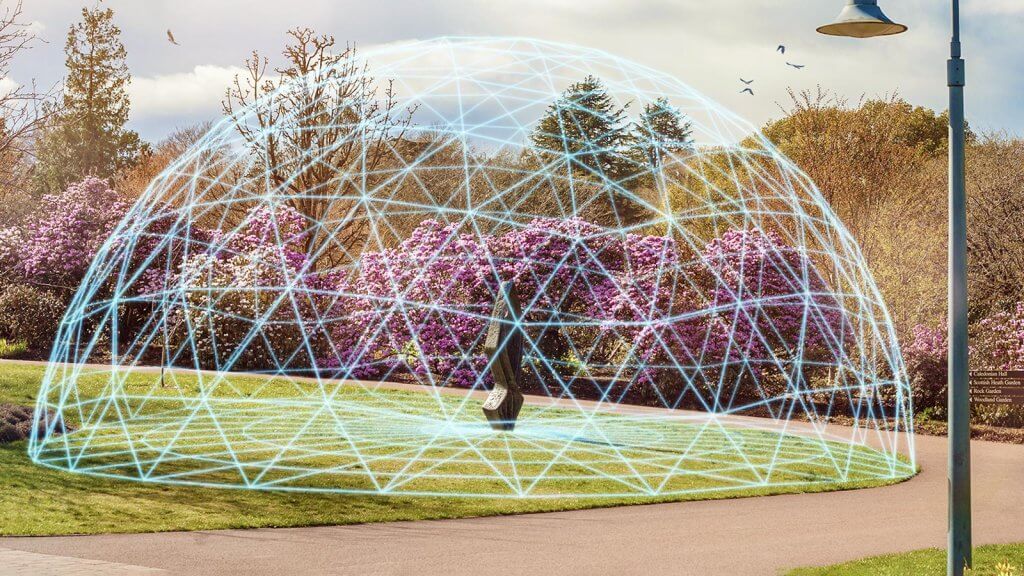
How does it work?
The GPS, camera, and augmented reality are available in mobile devices to identify the location using the VPS. On the other hand, Google's back-end data also help the user a lot to analyze the surrounding.
You can activate the visual view by tapping the relevant button. To see the direction, simply position your device's camera in a relevant way. Arrows pointing in the right direction will show you the way. A little map that will be visible on the bottom reminds your destination.
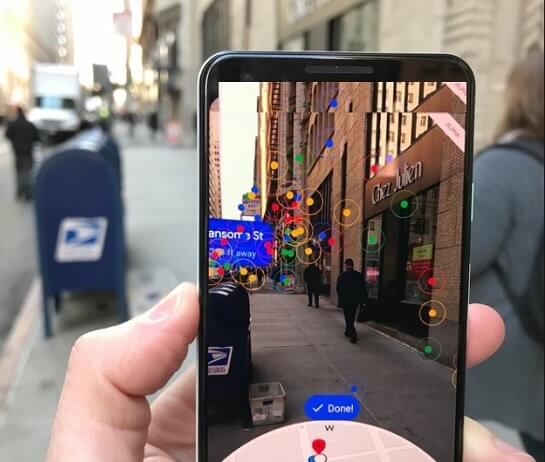
It's really simple for the system to figure out where you are because of the highly precise features. Sensors improve tracking with new onboard sensors. It will make this navigation system way more accurate than the current system.
How VPS is useful in Businesses?
Other than Google Maps AR Navigation mode this technology is widely used for indoor visual positioning. Keep reading to know more about it. Apart from that, many businesses are now excited to take advantage of Visual Positioning. So, they start changing their information according to these needs. First of all, the business should have a proper business profile.
The majority of these elements should be visible if your business profile is complete. Your business should include the name of your company, logo or images of your company, address, phone number, social media profiles, hours, website link, and reviews. Usually, Google automatically fills in this information from your website.
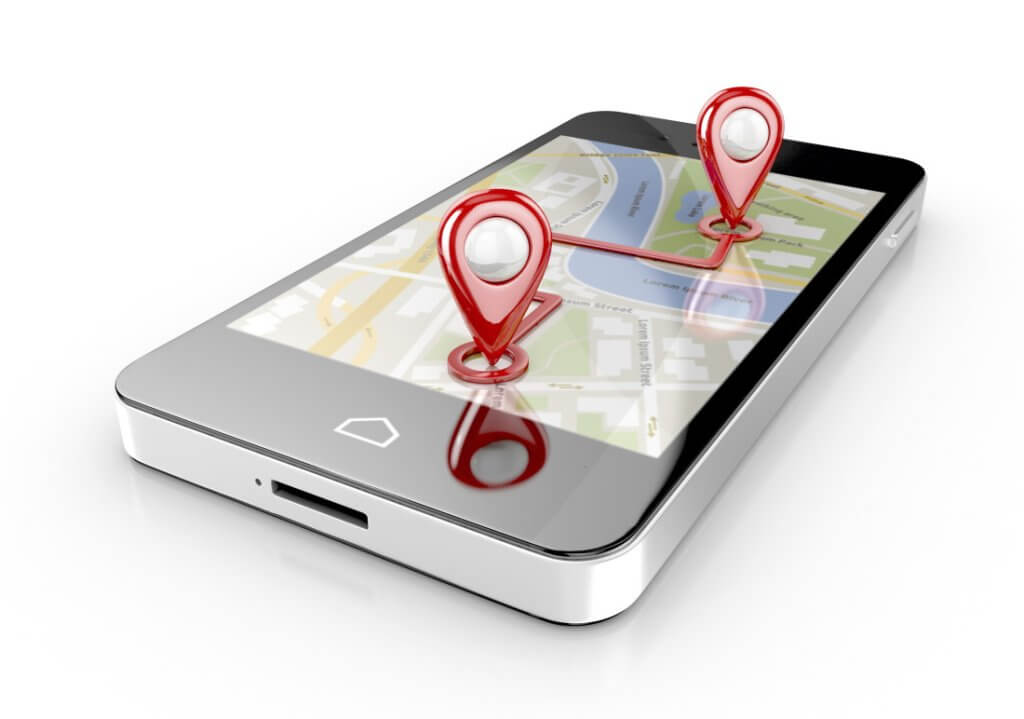
VPS can supplement current location data models to promote developments in navigation marketing and robotics. This include, Augmented Robotics, Augmented Marketing, and Augmented Navigation.
The capacity of autonomous robots, including dogs, automobiles, and drones, to use VPS services by a Software Development Kit would be far more effective than just using GPS. Augmented marketing, on the other hand, the major brands all around the world are actively utilizing the immersive capabilities of AR to produce engaging marketing content. When considering Augmented navigation, One of the first truly compelling use cases for mobile AR involved the AR mode modification to Google Maps, which used VPS to overlay helpful AR artifacts that assisted users in navigating to their location without using a map. Soon, all of these technologies will witness more amazing realities.
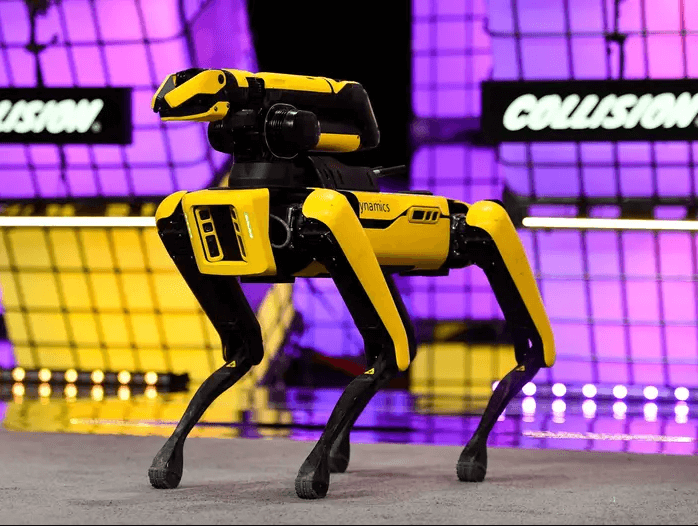
Indoor Visual Positioning System
An indoor visual positioning system is a technology that uses visual landmarks and sensors to determine the location and orientation of a device or person within a building or other indoor environment. It works by using a camera or other visual sensor to capture images of the surrounding environment. They are then compared to a pre-mapped database of landmarks to determine the device's location.
There are several different types of indoor VPS technologies, including:
- Marker-based VPS: This type of VPS uses markers or landmarks placed in the environment to provide reference points for the device's location. The markers can be physical objects, such as QR codes or barcodes, or they can be virtual markers created using computer vision techniques.
- Feature-based VPS: This type of VPS uses the distinctive features of the environment, such as corners, edges, or textures, as reference points for determining the device's location.
- Sensor-based VPS: This type of VPS uses sensors, such as accelerometers, gyroscopes, or magnetometers, to determine the device's orientation and movement within the environment.
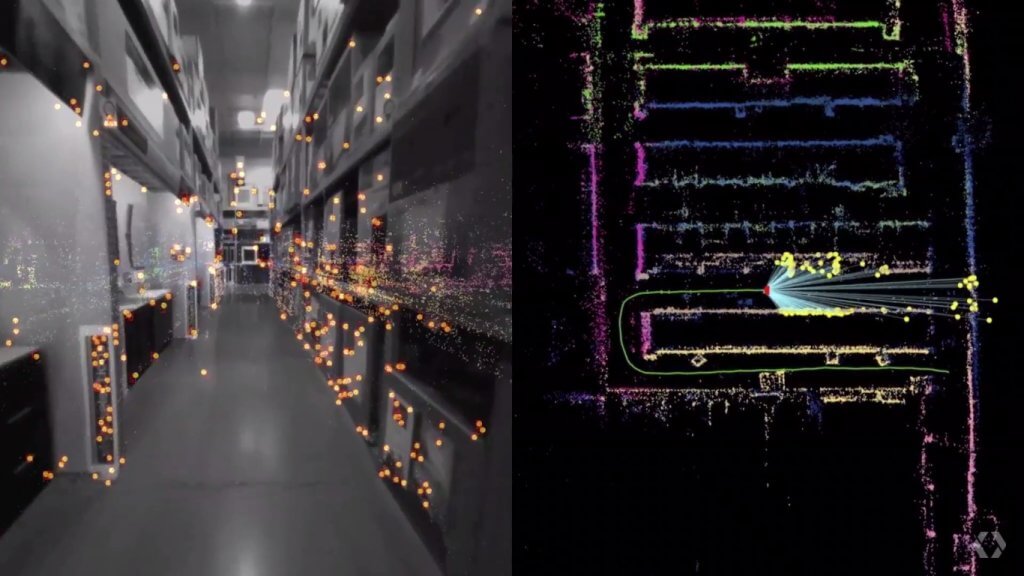
Indoor VPS systems are available in a variety of applications, including augmented reality, robotics, and location-based services. They improve the accuracy of indoor navigation and help people find their way around large or complex indoor environments.
Importance of VPS
Visual positioning systems (VPS) are important for a variety of applications, including:
- Augmented reality (AR): VPS can be used to accurately track the position and orientation of a device or user, enabling the creation of more realistic and immersive AR experiences.
- Robotics: VPS can be used to help robots navigate and interact with their environment, enabling them to perform tasks such as object recognition and manipulation.
- Indoor navigation: VPS can be used to help people navigate inside buildings or other enclosed spaces, where satellite signals may be unavailable or weak.
- Self-driving vehicles: Visual Positioning can be used to help autonomous vehicles understand their surroundings and navigate roads and intersections, potentially making transportation safer and more efficient.
- Location-based services: VPS can be used to provide location-based information or services to users, such as personalized recommendations or advertising based on their current location.
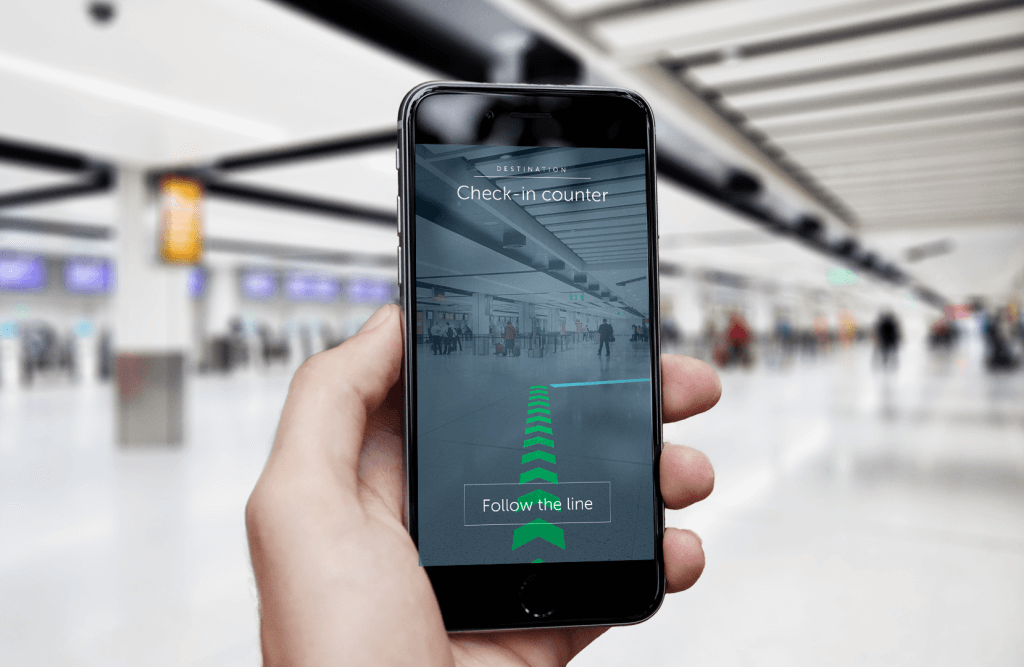
VPS is an important technology that is very useful in improving navigation, location tracking, and spatial awareness in a variety of applications.
VPS vs. GPS
Visual positioning systems and global positioning systems are both technologies that are very effective to determine the position and orientation of a device. However, there are some key differences between these two:
- Source of positioning information: GPS uses satellite signals to determine the position of a device, while VPS uses computer vision techniques to analyze the surrounding environment and determine the position of the device based on its visual features.
- Accuracy: GPS is generally more accurate than VPS, particularly in outdoor environments where there is a clear view of the sky. However, VPS can be more accurate than GPS in some indoor or urban environments, where satellite signals may be blocked or weakened.
- Availability: GPS is available globally, as long as there is a clear view of the sky. VPS, on the other hand, requires the device to have a visual reference to the surrounding environment, which may not be available in all locations.
- Cost: GPS systems are typically less expensive to implement than VPS systems, as they do not require the use of specialized hardware or software.
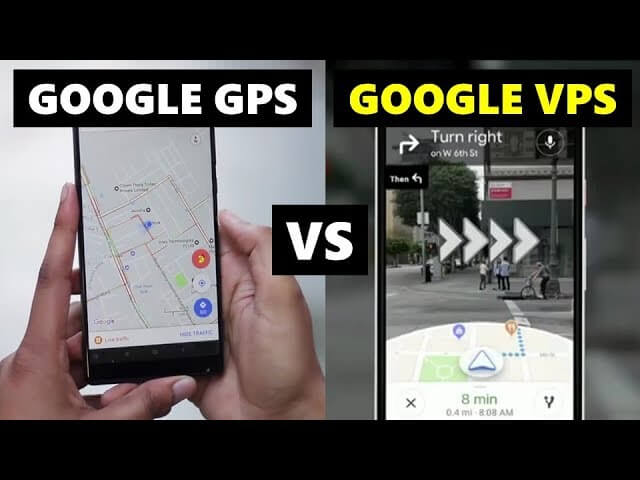
Overall, GPS is good for outdoor navigation and location tracking, while VPS is more useful for indoor navigation and AR applications.
Future of VPS
The union of Augmented Reality and Visual Position Systems can take businesses and all other things to the next level. AR enables businesses to supplement their physical, in-person presentations with digital, virtual ones. You can now allow customers to virtually visit your shop or place of business thanks to this technology. Customers don't have to enter to take a look around.
The future of the Virtual Positioning System is likely to involve continued advances in computer vision and machine learning techniques. Not only that the integration of VPS with other technologies such as lidar, radar, and GPS. This will enable Virtual Positioning to operate more accurately and robustly in a wider range of environments and conditions.
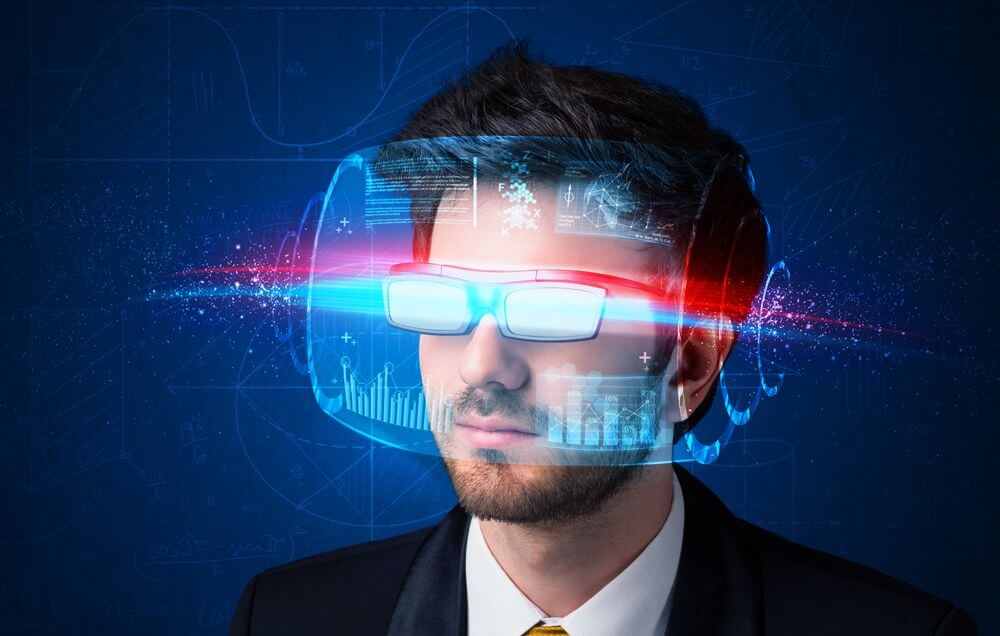
One potential application in the future is the development of fully autonomous vehicles. Virtual Positioning can help self-driving cars understand their surroundings and navigate roads and intersections. These features potentially make transportation safer and more efficient.
By using Virtual Positioning, we can enhance the capabilities of augmented reality and virtual reality systems. For example, this technology can accurately track the position and orientation of a user's head and hands. It will enable more realistic and immersive AR and VR experiences.
Overall, the future of the Visual Positioning System is likely to involve continued technological advancement.
Visit the previous article about the future through Artificial Intelligence.
Author of Get Basic Idea – The Knowledge Base / Bachelor of Technology – BTech, Mechatronics, Robotics, and Automation Engineering.
